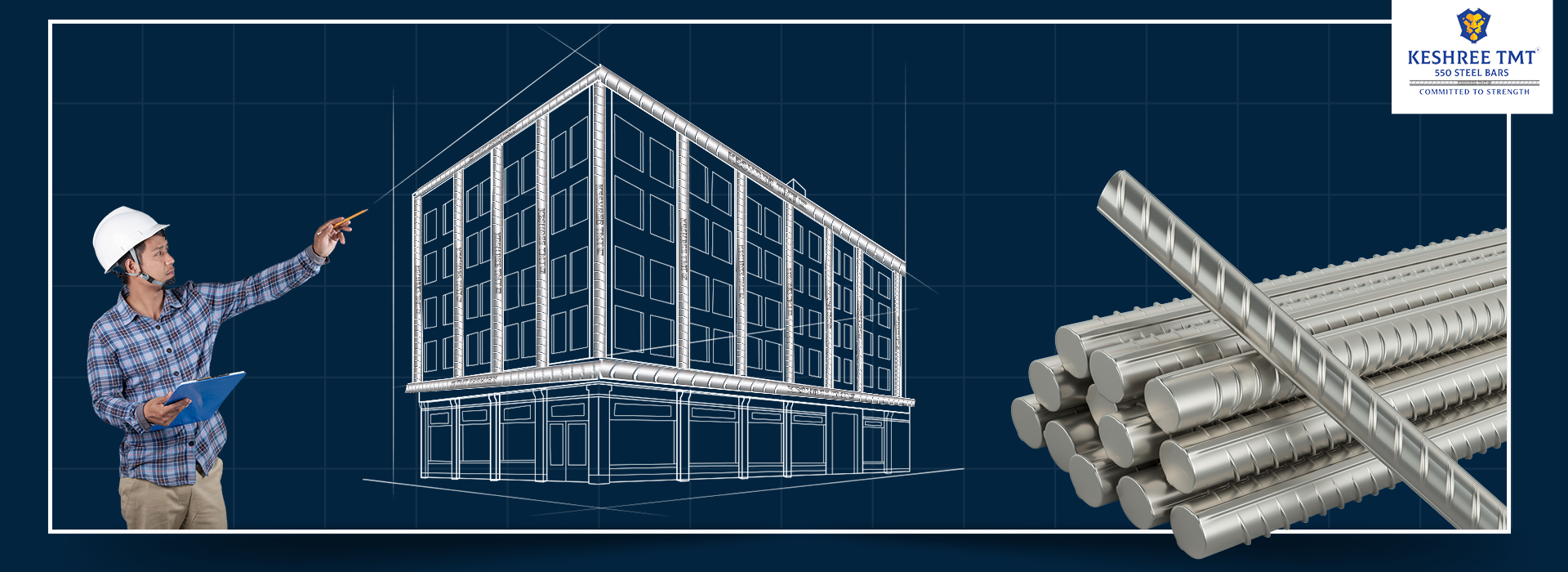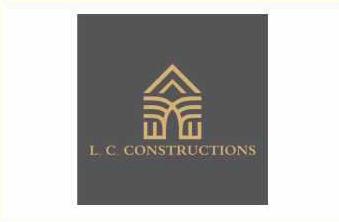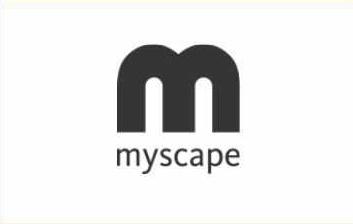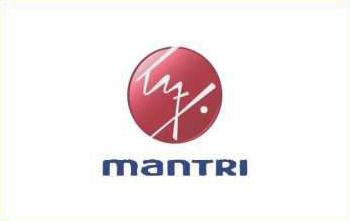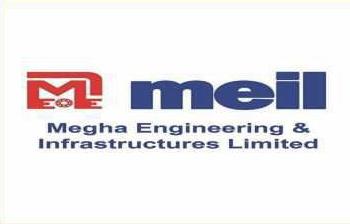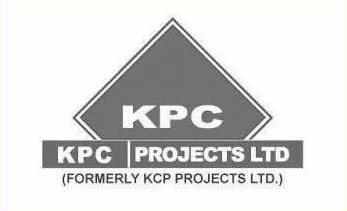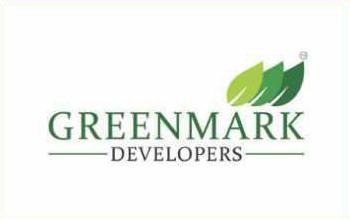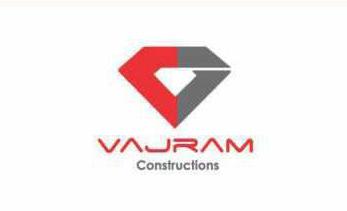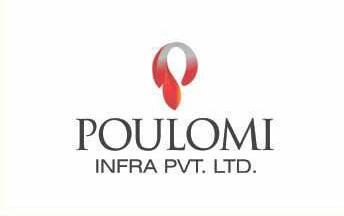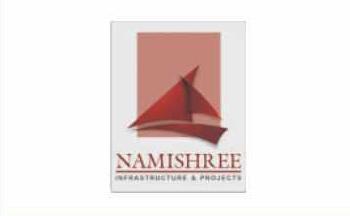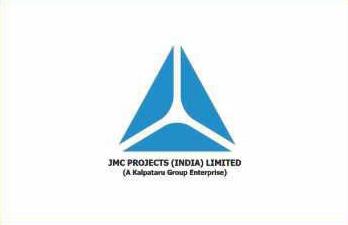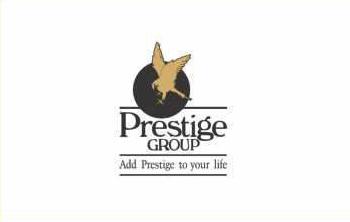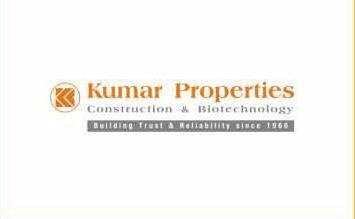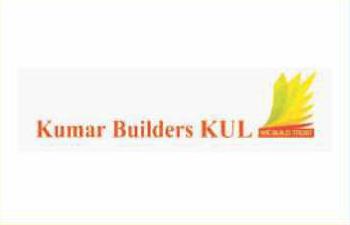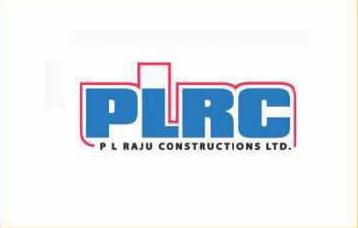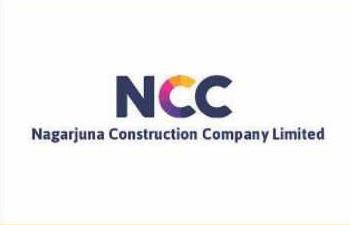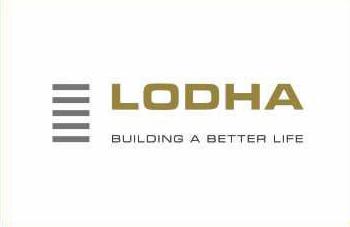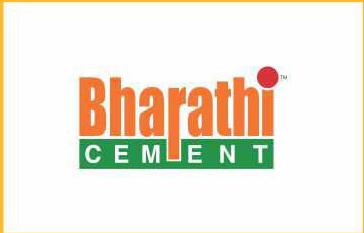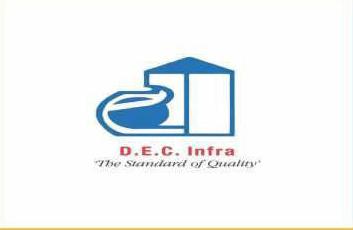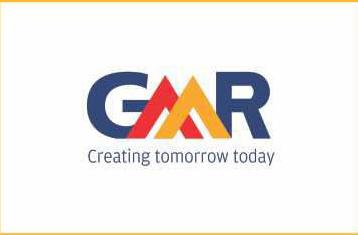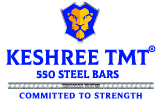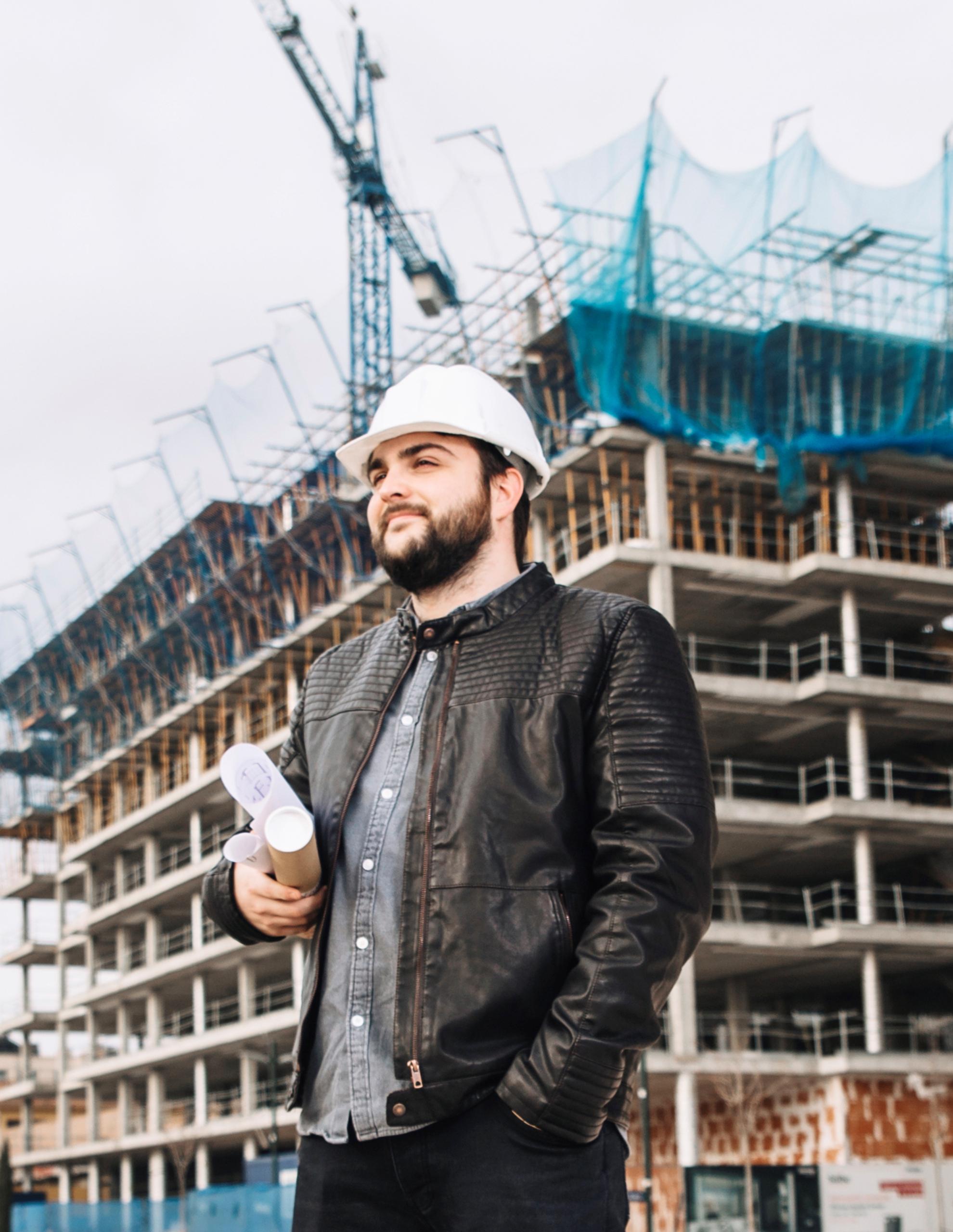Thermo-mechanically treated (TMT) bars are an essential part of construction works, having very high compressive strength and, therefore, being suitable for the structure, the bridge, and the remaining structure. As a dealer or builder, knowing the variables that influence the price of TMT bars is essential for making good purchasing decisions. This blog will discuss the factors involved in the pricing of TMT bars in the Indian market, which can assist you, as a construction professional, in this critical decision.
Raw Material Costs
The cost of the TMT bar is one of the critical factors determining the raw material price. TMT bars are mainly composed of iron ore, coal, and limestone. The price fluctuation of such raw materials causes the price of TMT bars to change. Consequently, if there is a rise in the global demand for iron ore, the price will also increase, and so will the production cost of TMT bars. Building construction managers and traders should consider the trend in the global commodity market to predict future price changes.
Production Costs
The production process of TMT bars is energy intensive; therefore, the energy cost is a crucial factor in the cost estimation process for TMT bars. Production companies use large amounts of electricity and fuel when operating the plants. Even with higher energy prices, the final TMT bars would be priced with subsequent increases, so the TMT bars in the market will become costlier for the consumers. By analyzing these production costs, it is possible to give sophisticated purchasing decision traders better insight into when and at what prices to buy their materials.
Supply and Demand Dynamics
The salient economic law of supply and its opposite demand profoundly affect the cost of the TMT bar. Demand for TMT bars increases during periods of higher construction activity, mainly when that activity is targeted at all seasons. Supply does not grow to meet this upward demand, which causes prices to rise. But if bar TMT is too high, prices stay the same or even decrease. Tracking market activity and the overall construction market could be used to advise dealers and builders on how to anticipate changes in TMT bar prices.
Transportation and Logistics
Transportation costs can also influence TMT bar prices. Because of the weight and bulk of TMT bars, shipping from the workshop to the construction site is very costly. Transportation costs rise because of fuel price variation, road conditions, and transportation choke points. Because of economic factors, most dealers purchase the TMT bars from local manufacturers to save transportation costs and ensure the products arrive quickly.
Government Regulations and Policies
Government regulatory and policy measures can substantially affect the cost of TMT bars. It may be influenced by import taxes on raw materials, goods and services taxes (GST), and quality standards and regulations. However, government activities in developing the construction industry, such as leading to an increased demand for TMT bars, can influence the price of the TMT bars. Regarding policy and regulation's reach concerning the purchase of items, builders and dealers should note the consequences.
Global Market Trends
The international steel market is one factor determining the prices of TMT bars in India. Changes in production volumes in the production countries, trade policy, and global political tensions could lead to differences in price. As one example, a large producer of TMT bars, who may experience production failures, can halt the supply of TMT bars, thereby pushing prices in the global market for TMT bars. Dealers and builders should pay attention to the trends seen in international markets, where they can speculatively consider the impact of events on local prices.
Brand Reputation and Quality
TMT bar makers' reputations can also be a price driver. Brands with sufficient quality and reliability can charge a premium price, at least concerning the customer's familiarity. The levy of the premium by builders and dealers on brands such as Keshree TMT, which is the benchmark (i.e., quality and performance), is, in fact, viable and can be levied brand value in price strategies that reflect the quality of the product, such that, in the long run, value to investors can no longer be followed, but viewed in the short term.
Conclusion
Predicting the relative influence of factors on TMT bar selling prices is of great utility to anyone who is a professional working in the construction trade. Building and construction-of-sale businesses can use knowledge about the cost of raw materials, the cost of production, supply and demand movements, and general market trends to make smarter buying decisions with far-reaching positive effects on their building projects.
For your TMT bar requirements and high-grade TMT bars at affordable prices, Keshree TMT is here to help. Our Fe 500 and Fe 550 bars are functional and robust, making them the right choice for your construction requirements. Contact us today for more information on our services and the best options for your requirements.

